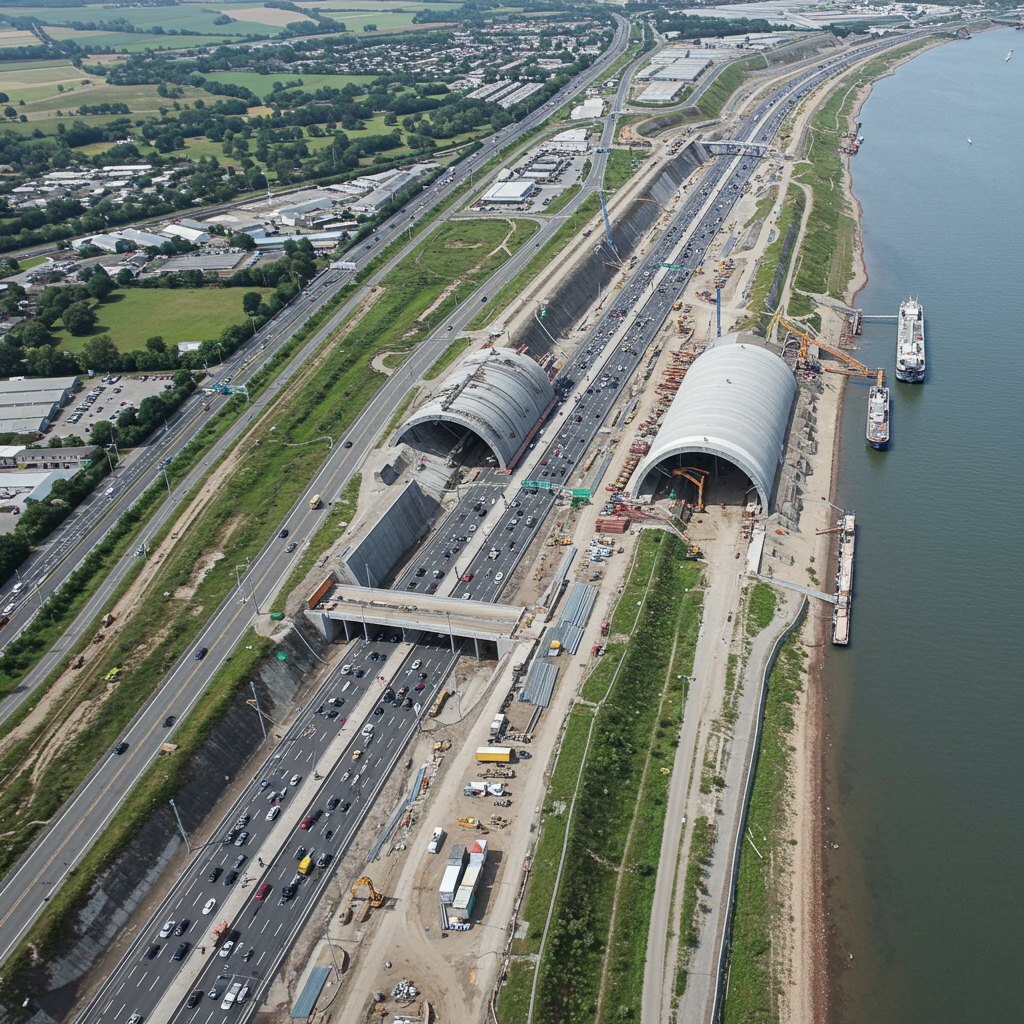Tesla has officially launched a limited, paid robotaxi service in Austin, Texas, marking a significant, albeit cautious, step towards realizing CEO Elon Musk’s long-touted vision for autonomous ride-hailing. The pilot program commenced on Sunday, June 22, 2025, utilizing a small fleet of self-driving Model Y SUVs.
This initial rollout in Austin is a critical real-world test for Tesla’s autonomous driving technology and a focal point for investors keen on the company’s future growth relying heavily on self-driving capabilities. However, the launch is characterized by significant restrictions, signaling a highly cautious approach compared to Musk’s more ambitious historical timelines.
Limited Pilot Program Details
The Robotaxi service, accessible initially only to a select group of invited “Early Access” riders, operates within a specific, geofenced area of the city. Reports indicate around a dozen vehicles are participating in this early phase.
Crucially, while the driver’s seat remains empty, a trained Tesla safety monitor occupies the front passenger seat during rides. The service is also subject to operational limitations, including avoiding bad weather conditions and difficult intersections. For safety reasons, passengers under 18 are not permitted. Invited riders summon the vehicles using a dedicated Tesla app, though early experiences shared online suggest some limitations, such as needing to walk to a designated pickup spot.
Musk himself has emphasized a “super paranoid about safety” mindset regarding the rollout, suggesting a readiness to delay further if necessary.
The Vision vs. Reality: Navigating the Autonomous Landscape
This limited launch arrives amidst high expectations tied to Tesla’s valuation, which is significantly underpinned by promises of widespread autonomous functionality. Musk has consistently stated that self-driving cars were imminent, envisioning a future where autonomous ride-hailing is ubiquitous and generates hundreds of billions in revenue.
However, the reality of developing and deploying autonomous technology has proven complex, risky, and expensive. The Austin pilot, while a concrete step, still lags behind the operational scale and maturity of some competitors. Analysts like Paul Miller of Forrester Research have noted the launch “lags significantly behind the company’s promise and what competitors have already delivered.”
Rivals like Alphabet’s Waymo already operate commercial robotaxi services in multiple U.S. cities, including Phoenix, San Francisco, Los Angeles, and Austin itself, boasting a fleet exceeding 1,500 vehicles. Waymo and others typically employ a suite of sensors including lidar, radar, and cameras. In contrast, Tesla is pursuing a distinctive “vision-only” strategy, relying solely on cameras for navigation. Musk contends this approach is both safe and more cost-effective, though it’s viewed by many in the industry as a riskier path.
Volkswagen, through its MOIA mobility company, is also entering the fray with a focus on comprehensive, fleet-ready solutions using its ID Buzz AD, slated for deployment with a robust multi-sensor setup.
Safety Scrutiny and Regulatory Hurdles
The Austin launch occurs under a cloud of regulatory scrutiny. The National Highway Traffic Safety Administration (NHTSA) is actively reviewing Tesla’s Full Self-Driving (FSD) software, particularly its performance in challenging conditions like rain and fog. NHTSA requested detailed documentation on this aspect just days before the Austin pilot began.
This review adds to existing concerns about Tesla’s self-driving systems, stemming from investigations into past accidents involving Autopilot and FSD where vehicles failed to detect hazards. Critics also point to issues of driver over-reliance and questions about the “Full Self-Driving” branding potentially misleading users about the system’s true capabilities (it is currently considered SAE Level 2 or potentially Level 3 in some cases, requiring supervision, not true Level 4/5 autonomy). Studies have also suggested increased distraction risks when using the system.
Potential political factors have also been raised, with some analysts suggesting a public disagreement between Musk and former President Trump could potentially lead to increased regulatory pressure if safety incidents occur.
What Comes Next?
Despite the initial limitations and challenges, Tesla aims for rapid expansion, potentially scaling the Austin fleet to around 1,000 vehicles within months before expanding to other cities like Los Angeles and San Francisco. Musk has also teased a future “cybercab” design without pedals or a steering wheel.
Tesla is employing a teleoperation system, allowing remote operators to take control if the autonomous system encounters situations it cannot handle – a method also used by competitors like Waymo. However, experts caution that teleoperation carries its own risks, particularly related to connectivity issues as the service scales.
The success of the robotaxi service is seen as having immense potential to redefine Tesla’s business model and valuation, with some Wall Street predictions suggesting it could help push the company’s market cap past $2 trillion. However, Tesla must navigate ongoing regulatory scrutiny, fierce competition, and the inherent complexities of achieving truly safe and scalable autonomous operations. The Austin pilot is a crucial first step, but the road ahead remains challenging.


